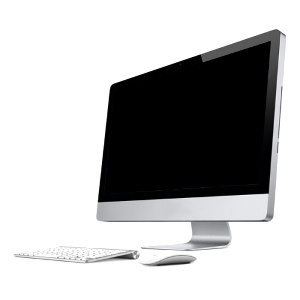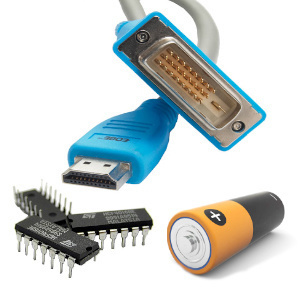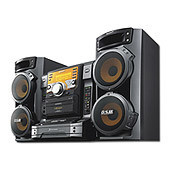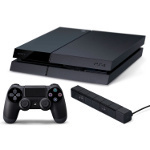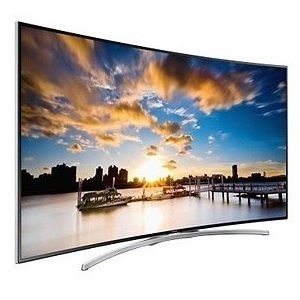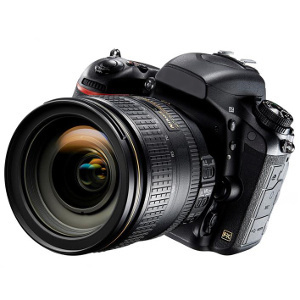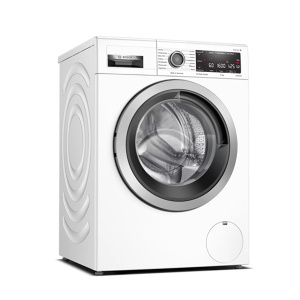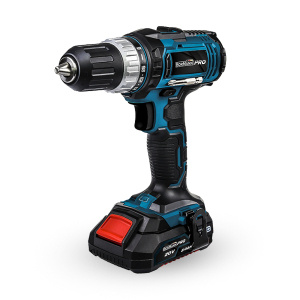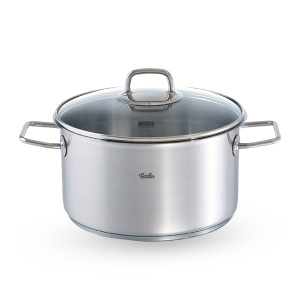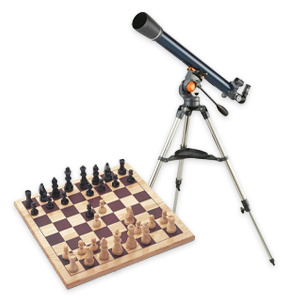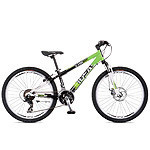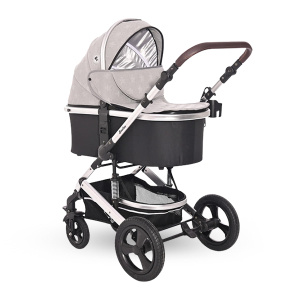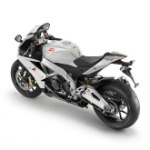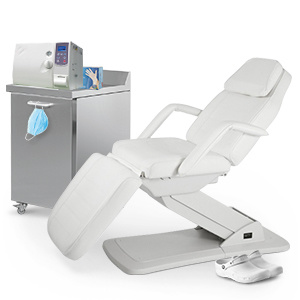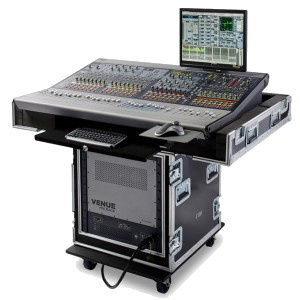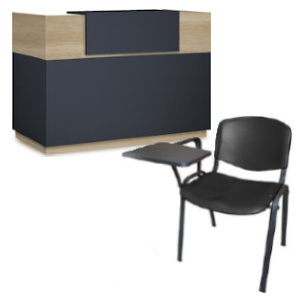How to choose a digital receiver in the new digital era of Digea
The gradual abolition of analog signal for national channels creates new data regarding the technical characteristics that televisions must have in order to support the reception and display of the new digital signal. It is reasonable for owners of older technology televisions, seeking a way to avoid the withdrawal of their device, to conclude that the purchase of a digital receiver is the only solution in the new digital era. But how well do we know the technical characteristics and peculiarities of these electronic devices?
The necessity of purchasing a digital receiver
Terrestrial, cable or satellite digital television
Usually, we are led to the purchase of a digital receiver due to the inability to receive terrestrial digital signal from the existing television. However, not all digital receivers are suitable for viewing terrestrial digital signal, as there are devices that exclusively support the viewing of satellite or cable digital television. For this reason, the following are the receivers with which our device can be equipped and reference is made to the type of television that we can watch in each case:
- Terrestrial Receiver (DVB-T)
The DVB-T receiver is necessary for watching the new digital channels of Digea. However, it should be emphasized that the support of MPEG-4 encoding is also necessary for the same purpose. The way of referring to this support varies depending on the manufacturer. In some cases, it is explicitly mentioned, while other times the terrestrial receiver is referred to as DVB-T2. If we choose a DVB-T digital receiver that does not support MPEG-4 encoding, then we will not be able to watch Digea channels.
- Cable Receiver (DVB-C)
The DVB-C receiver is necessary for watching channels/services through the internet connection we have at home.
- Satellite Receiver (DVB-S)
The DVB-S receiver is necessary for watching channels through a satellite dish.
Multiple receivers in one digital receiver
The device we will purchase can easily support both the viewing of terrestrial digital television and satellite and/or cable, provided that it is equipped with the appropriate receivers (DVB-T, DVB-S, DVB-C respectively). It may sound slightly contradictory, but the digital receiver can be equipped with more than one receiver, just like in newer television models.
If we want to watch both terrestrial and satellite digital television, then by purchasing a digital receiver equipped with DVB-T and DVB-S receiver, we avoid buying two separate machines that require handling from different remote controls and reduce the available space in the TV cabinet.
If we want to watch satellite subscription television, then in addition to the presence of a DVB-S receiver, the device must be equipped with a smartcard slot. In several cases of digital receivers, this specific port is called conax.
Digital receiver input/output ports
 The input/output ports of the digital receiver are a selection criterion, as they determine its ability and method of connection to other devices. The output ports of the receiver should be examined in comparison with the available input ports of the TV, in order to exclude possible incompatibility in terms of connectivity. It should be noted that older TV models do not have digital ports (e.g. HDMI) but analog ones (e.g. Scart, Component, Video In), as shown in the adjacent diagram.
The input ports found on a digital receiver are used for playing multimedia files through the device, as well as for upgrading it with newer software versions. Usually, these are USB ports and card slots (CI Slots), without excluding the existence of other inputs, e.g. Ethernet port.
The input/output ports of the digital receiver are a selection criterion, as they determine its ability and method of connection to other devices. The output ports of the receiver should be examined in comparison with the available input ports of the TV, in order to exclude possible incompatibility in terms of connectivity. It should be noted that older TV models do not have digital ports (e.g. HDMI) but analog ones (e.g. Scart, Component, Video In), as shown in the adjacent diagram.
The input ports found on a digital receiver are used for playing multimedia files through the device, as well as for upgrading it with newer software versions. Usually, these are USB ports and card slots (CI Slots), without excluding the existence of other inputs, e.g. Ethernet port.
It should be clarified that the CI port is different from the Conax port, as the former refers to a data card, while the latter refers to a subscription card.
Supported image resolution (SD, HD, Full HD)
The resolution of the image that can be reproduced through the digital receiver on the TV is another characteristic that requires our attention. By resolution, we refer to the number of individual image elements (pixels) that make up the image. It is represented by the notation "1366 x 768". The first number "1366" refers to the number of pixels of the TV in width, while the second number "768" refers to the height. The image resolution depends on the digital receiver, the TV, and the broadcast signal of the TV channel. Receivers that support a signal resolution of 720 x 576 are characterized as SD (Standard Definition), while those that support a resolution greater than or equal to 1920 x 1080 are called Full HD (Full High Definition). Finally, digital receivers that support a signal resolution between 720 x 576 and 1920 x 1080 make up the HD (High Definition) category of receivers. It should be clarified that buying an HD or Full HD digital receiver does not necessarily mean that we will be able to watch our favorite show in the corresponding resolutions, as the following conditions must also be met:
- Broadcasting of TV channel through a signal of the corresponding resolution (HD or Full HD). Currently, only the channel "ERT HD" broadcasts via HD terrestrial signal, while the rest of the channels broadcast via SD signal.
- Support of HD or Full HD resolution by the TV.
If the digital receiver is not high resolution (HD or Full HD), then high resolution channels (e.g. ERT HD) will not be displayed on the TV (no image will be available)
If the digital receiver is HD or Full HD but the TV is not high resolution, then we can watch high resolution channels but in lower quality (downscale).
Personal Video Recorder (PVR)
Digital receivers that support PVR function have the ability to record TV programs in digital format. Essentially, they are an evolution of the VCR device (Video Cassette Recorder) which recorded TV programs in analog format. We can distinguish them into two categories depending on where the recording medium is located:
- The recording medium is an internal part of the receiver (More expensive solution)
- The recording medium (External hard drive or USB stick) is an additional accessory that is connected externally to the receiver (More economical solution)
However, PVR digital receivers can be further categorized based on the ability to simultaneously record and view different channels. In order to understand the aforementioned categorization, it should be clarified that TV channels are divided into groups and each group is broadcasted from the same frequency. Therefore, PVR digital receivers are divided into:
- Those that support simultaneous viewing and recording of different channels ONLY from the same frequency
- Those that support simultaneous viewing and recording of different channels AND different frequencies
If we want to watch one channel while simultaneously recording a different channel, we will need to purchase a digital receiver from the second category, which is equipped with separate circuits (2 DVB-T receivers, one for recording and one for viewing), resulting in no commitment.











